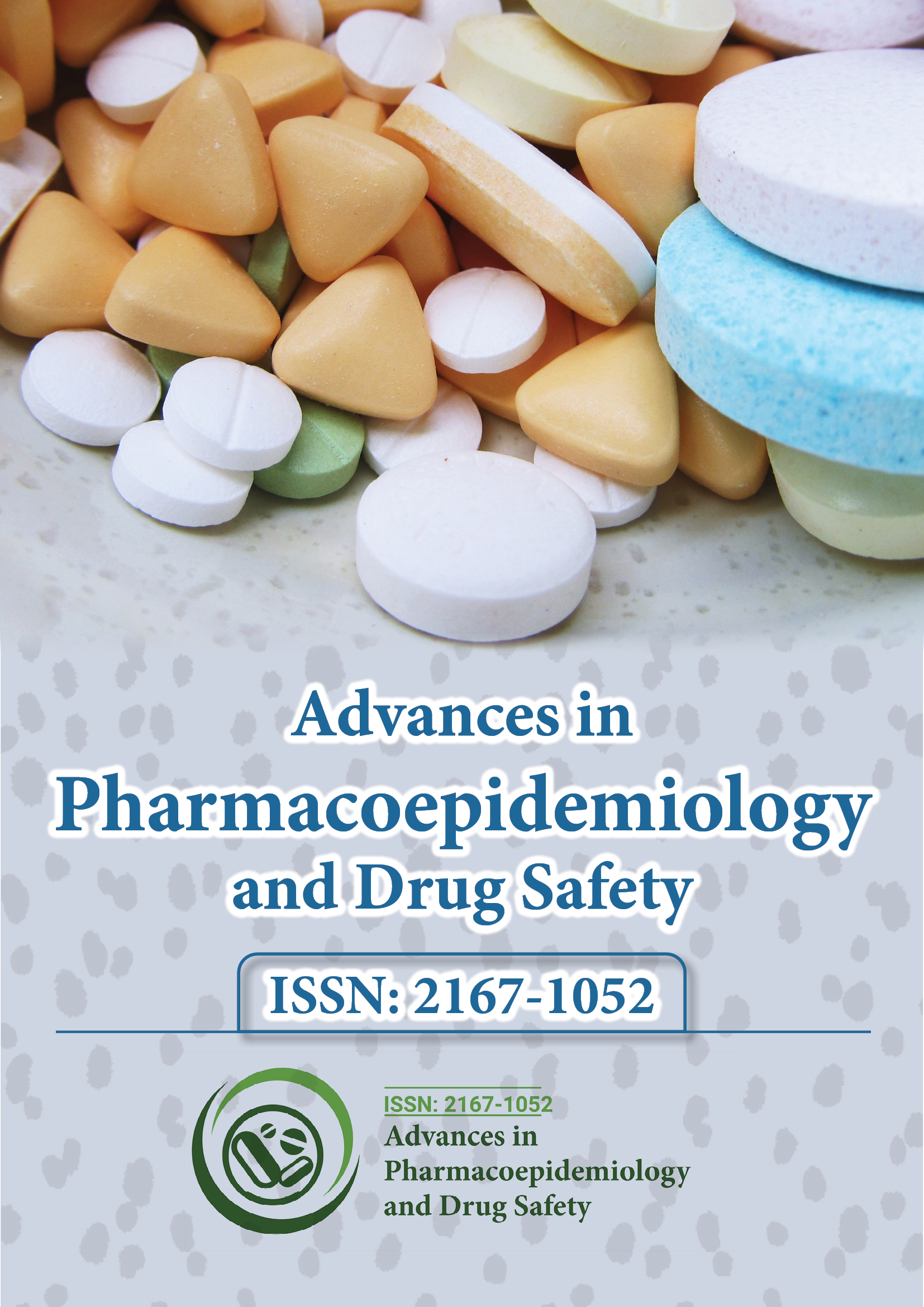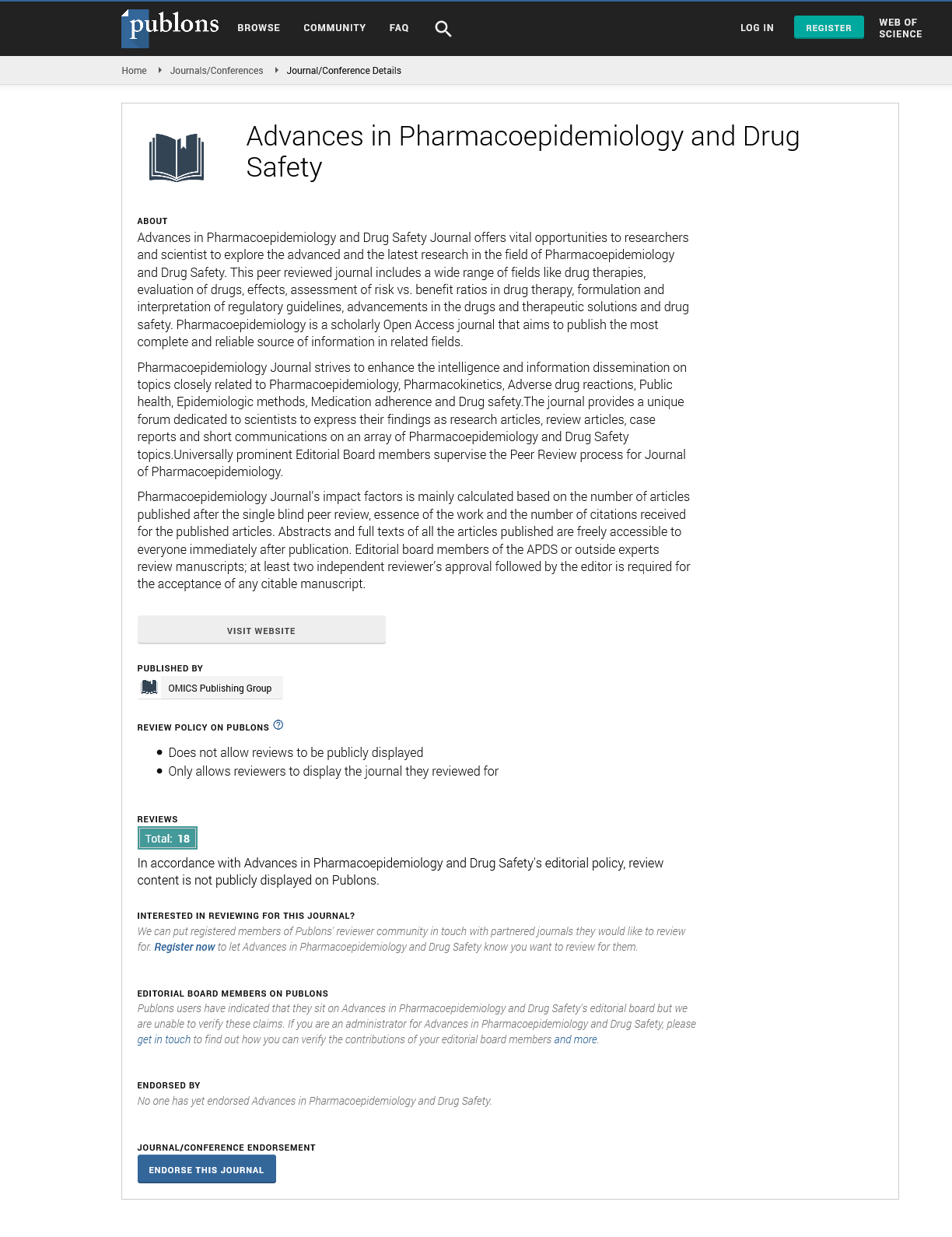Indexed In
- Open J Gate
- Genamics JournalSeek
- Academic Keys
- JournalTOCs
- RefSeek
- Hamdard University
- EBSCO A-Z
- SWB online catalog
- Publons
- Geneva Foundation for Medical Education and Research
- Euro Pub
- Google Scholar
Useful Links
Share This Page
Journal Flyer

Open Access Journals
- Agri and Aquaculture
- Biochemistry
- Bioinformatics & Systems Biology
- Business & Management
- Chemistry
- Clinical Sciences
- Engineering
- Food & Nutrition
- General Science
- Genetics & Molecular Biology
- Immunology & Microbiology
- Medical Sciences
- Neuroscience & Psychology
- Nursing & Health Care
- Pharmaceutical Sciences
Commentary - (2023) Volume 12, Issue 2
Primary and Secondary Metabolite in Human Blood
Kathryn Martinez*Received: 01-Mar-2023, Manuscript No. PDS-23-20429; Editor assigned: 03-Mar-2023, Pre QC No. PDS-23-20429 (PQ); Reviewed: 20-Mar-2023, QC No. PDS-23-20429; Revised: 27-Mar-2023, Manuscript No. PDS-23-20429 (R); Published: 04-Apr-2023, DOI: 10.35248/2167-1052.23.12.300
Description
Metabolites are metabolic intermediates catalyzed by various natural enzymes in the cell called dyes and antibiotics . The term metabolite is commonly used for small molecules. Metabolites serve a number of purposes, such as providing energy, structure, signalling, catalysis, defence, and interaction with other organisms. The total number of biochemical processes that take place within an organism is known as metabolism. Metabolites, which are primarily composed of small molecules, are both metabolic intermediates and products. Introduced by A. Kossel in 1891, the term "secondary" refers to the fact that while primary metabolites are present in all living cells and dividing cells. Secondary metabolites are only incidentally present and means of no major importance to the life of secondary metabolites are derived from primary metabolism but do not form the molecular skeleton of an organism. Metabolites does not immediately respond to the organism's lifespan, a property contrary to primary metabolites, but organism survival is compromised to a greater level that is observed in a genetically unfavorable species.
Humans have 2500 metabolites. Prostaglandins produce the metabolite arachidonic acid. Both molecules share the same physical properties, functional groups and are held together by a series of enzyme-catalyzed reactions. Cholesterol produces steroid hormones, and catecholamines are made from the amino acid tyrosine. These are the connections that form during the process of growth and development. It is also involved in the primary metabolic processes of respiration and photosynthesis. Primary metabolites are formed during the growing season. They maintain the body's physiological functions and are called central metabolites. They are anabolic metabolites used by cells to form important macromolecules. Amino acids, vitamins and organic acids are some of the primary metabolites produced. Alcohol is the most important primary metabolite produced industrially on a large scale. Over 2,140,000 secondary metabolites are known and are commonly classified according to their structural, functional, and biosynthetic diversity. There are five main classes of secondary metabolites. Terpenoids and steroids, fatty acidderived substances and polyketides, alkaloids, non-ribosomal polypeptides and enzyme cofactors.
Secondary metabolites are typically organic compounds produced by modification of primary metabolite synthases. Similar to primary metabolites, secondary metabolites are typically formed at the conclusion of the stationary growth phase but do not contribute to growth, development, or reproduction. Many of the identified secondary metabolites function as antibiotics and produce pigments, which aid in ecological processes such as defense mechanisms. Atropine and antibiotics like erythromycin and bacitracin are two examples of significant secondary metabolites in industrial microbiology. A secondary metabolite with significant clinical applications is atropine, which is derived from a variety of plants. Atropine is a competitive antagonist of acetylcholine receptors, particularly muscarinic-type receptors that can be used to treat bradycardia. Secondary metabolites also include red blood cells and antibiotics such as bacitracin. Erythromycin, from Saccharopolyspora erythraea, is a widely used antibiotic with a broad antibacterial spectrum. It is massproduced and is commonly administered orally. Finally, bacitracin is another example of antibiotics classified as secondary metabolites. Bacitracin, derived from an microorganism and it is used an antibiotic commonly at externally. Bacitracin is synthesized in nature as a non-ribosomal peptide synthetase capable of synthesizing peptides. However, it is used clinically as an antibiotic.
Citation: Martinez K (2023) Primary and Secondary Metabolite in Human Blood. Adv Pharmacoepidemiol Drug Saf. 12:300.
Copyright: © 2023 Martinez K. This is an open-access article distributed under the terms of the Creative Commons Attribution License, which permits unrestricted use, distribution, and reproduction in any medium, provided the original author and source are credited.

